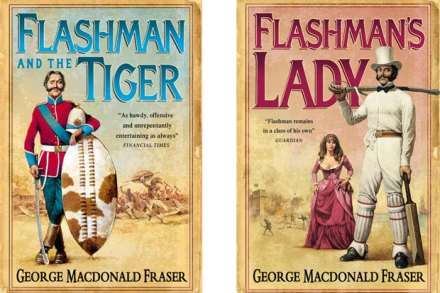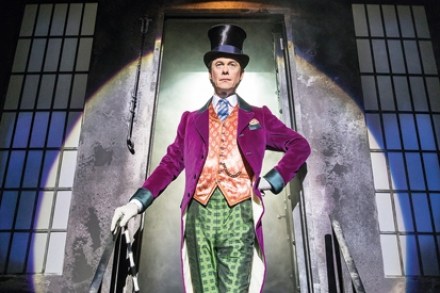A swan to die for at Sadler’s Wells
Swans, swans, more swans. If the lifespan of a dance critic were calculated by the number of performances of Swan Lake attended, I’d be a few centuries old. Obviously, the list includes many revisions and re-creations of this quintessential ballet, which is the second most revisited in history after The Rite of Spring. In her 2010 take on the 1890 classic, Johannesburg-born Dada Masilo uses a striking combination of choreographic genres and a politically dense storyline. Those who have seen scores of Swan Lake know that the ‘gay’ slant is not new. Long before Matthew Bourne’s celebrated version, there had been at least 20 productions in which Prince Siegfried’s love

















